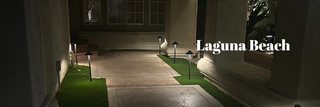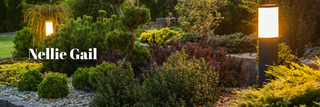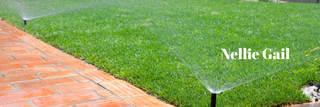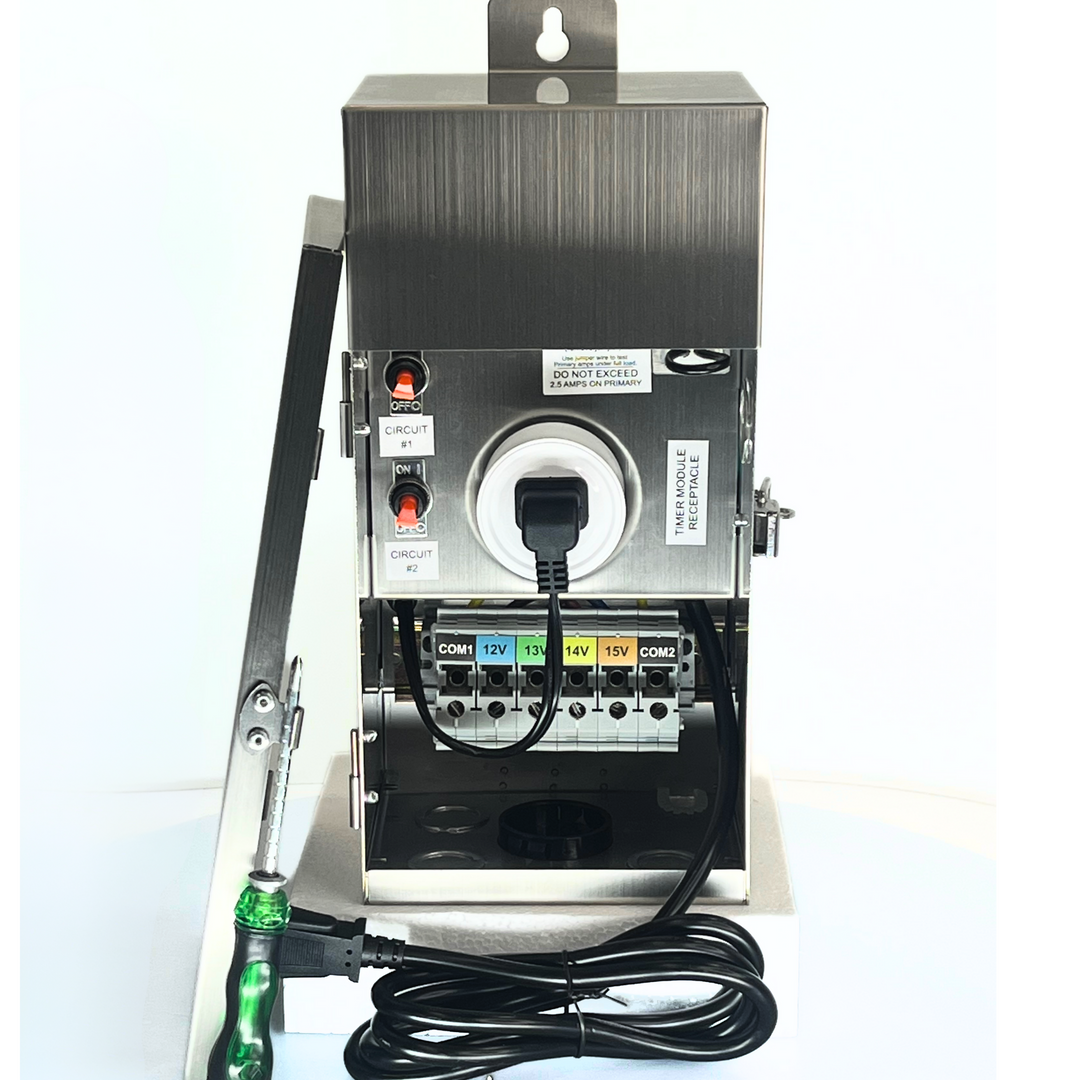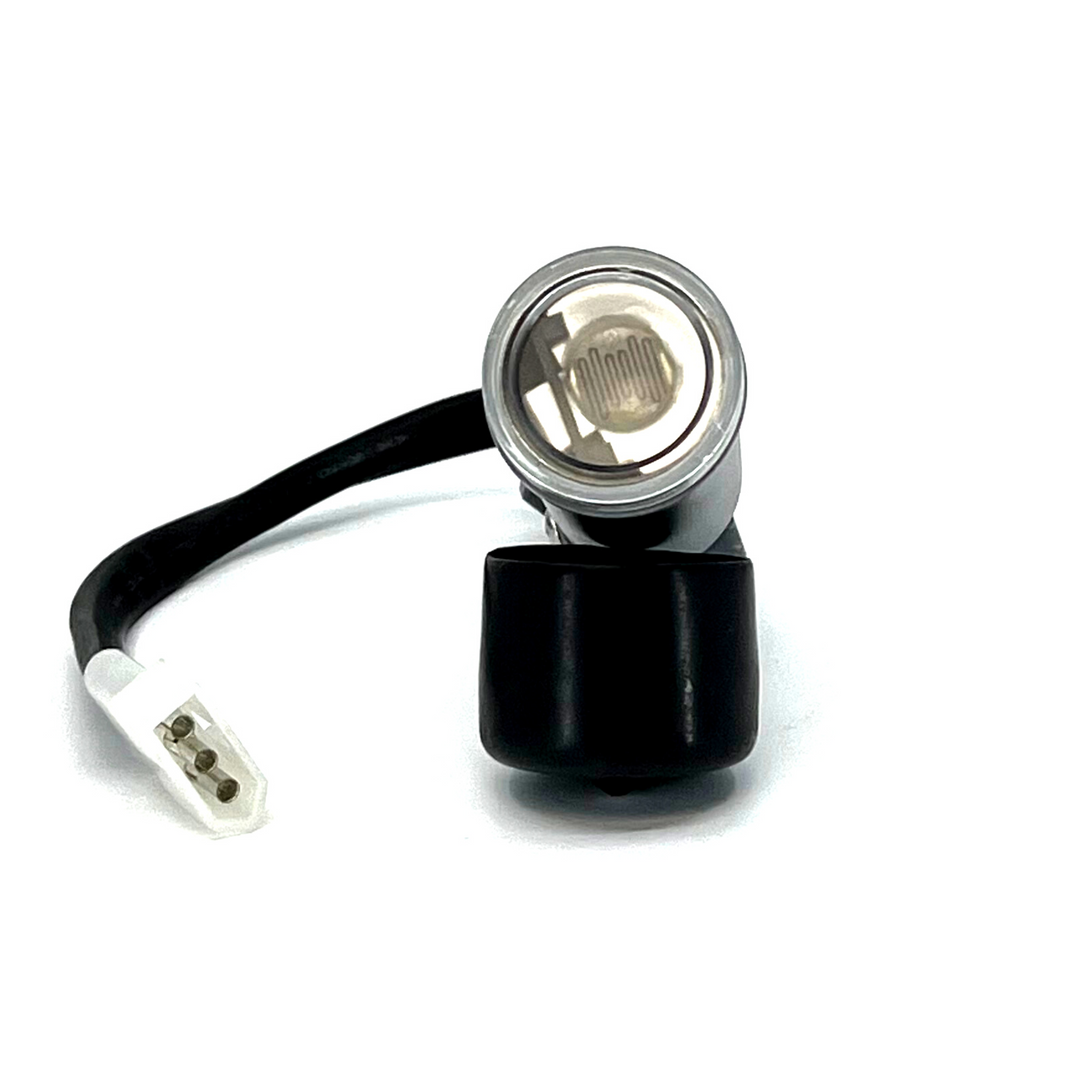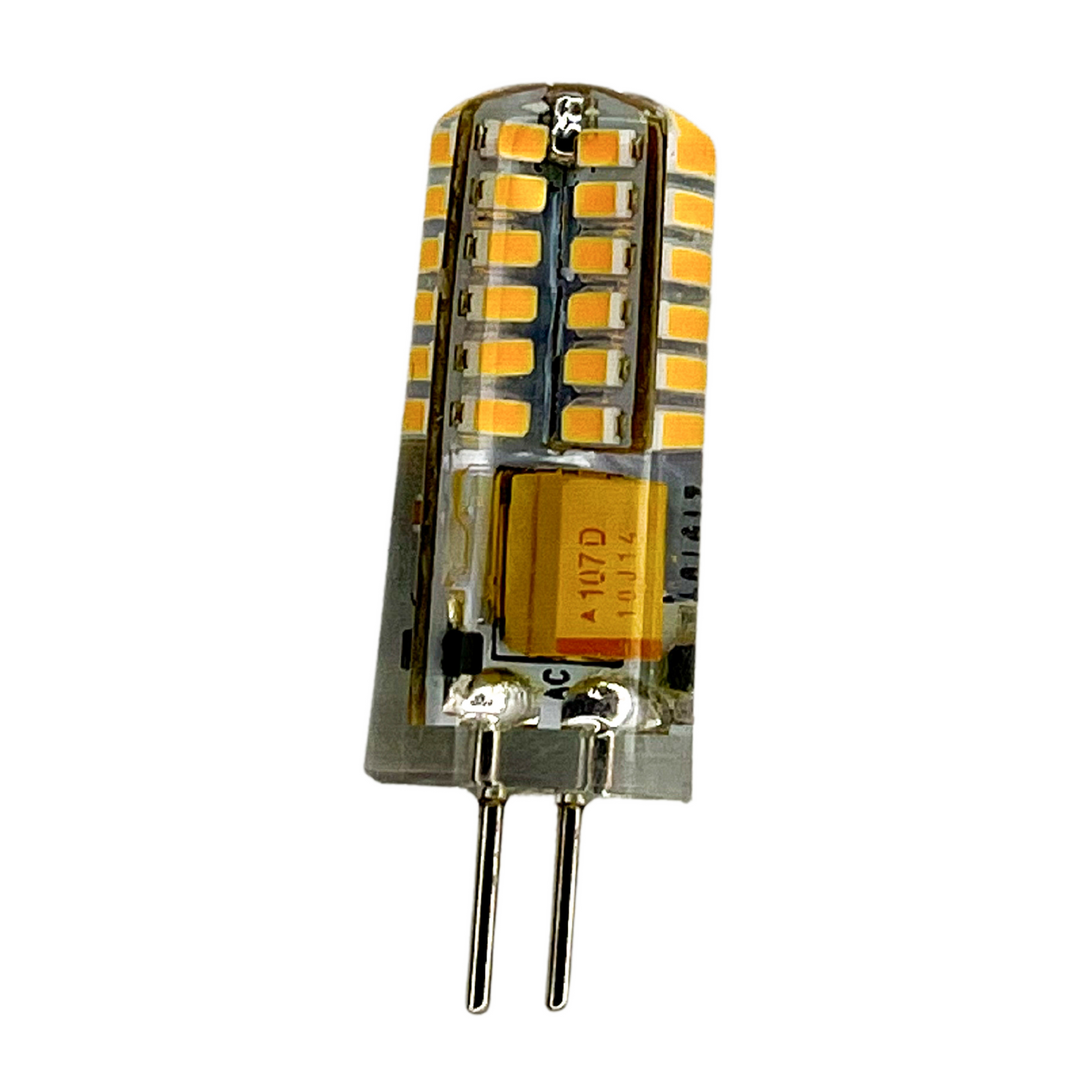
Landscape Lighting in La Palma: Get the most of LED Bulbs
|
|
Time to read 6 min
La Palma, with its scenic landscapes and meticulously maintained outdoor spaces, offers the perfect setting for utilizing the transformative power of landscape lighting. Effective outdoor lighting not only enhances the aesthetic appeal of a property but also plays a crucial role in improving safety and usability after dark. In recent years, LED bulbs have emerged as the preferred choice for landscape lighting, offering a combination of energy efficiency, durability, and superior brightness that traditional lighting options cannot match. This article delves into the benefits of LED technology, provides practical advice on selecting the right LED fixtures, and explores how LED lighting can elevate the beauty of Landscape Lighting in La Palma outdoor spaces while being environmentally friendly and cost-effective.
The Transformative Power of LED Bulbs
Energy Efficiency:
LED bulbs are widely recognized for their exceptional energy efficiency, making them an ideal choice for landscape lighting. Traditional incandescent and halogen bulbs convert a significant portion of the energy they consume into heat, leading to wasted electricity and higher energy bills. In contrast, LEDs convert most of their energy into light, reducing energy consumption by up to 80%. This efficiency is particularly beneficial for extensive outdoor lighting setups, which may require numerous fixtures and extended operation times, such as in the expansive and visually rich landscapes of La Palma.
For residents of La Palma, where outdoor lighting is often used to highlight the natural beauty of gardens, pathways, and architectural features, the energy savings from LED bulbs can be substantial. Not only does this lower electricity costs, but it also contributes to a reduction in the carbon footprint, aligning with sustainable practices that are increasingly important to homeowners and communities alike.
Longevity and Durability:
Another significant advantage of LED bulbs is their long lifespan. Traditional bulbs, such as incandescent and halogen, typically last between 1,000 and 5,000 hours. In comparison, LED bulbs can last anywhere from 25,000 to 50,000 hours or more, depending on usage and environmental factors. This means that LED bulbs may need to be replaced only once every several years, even with regular use, making them a cost-effective option over the long term.
The durability of LED bulbs also makes them particularly well-suited for outdoor use. Unlike traditional bulbs, LEDs are more resistant to shock, vibration, and extreme weather conditions. This robustness ensures that LED landscape lighting remains functional and reliable throughout the year, regardless of La Palma’s varying weather patterns, which can range from sunny and dry to cool and damp.
Superior Brightness and Customization
LED bulbs offer superior brightness and a high degree of customization, making them ideal for various landscape lighting applications. LED technology allows for precise control over the color temperature and brightness levels, enabling homeowners to create the desired ambiance in different areas of their outdoor spaces. Whether it’s a soft, warm glow along a garden path or a bright, focused light highlighting a beautiful tree or architectural feature, LEDs provide the flexibility needed to achieve any lighting effect.
LEDs are also available in a wide range of color temperatures, typically measured in Kelvins (K). Lower color temperatures (2700K-3000K) produce a warm, inviting light that is perfect for creating a cozy atmosphere in outdoor seating areas or along pathways. Higher color temperatures (4000K-5000K) emit a cooler, more vibrant light, ideal for illuminating modern architectural features or adding a crisp, clean look to driveways and entryways. This level of customization allows homeowners in La Palma to tailor their landscape lighting to their specific tastes and the unique characteristics of their properties.
Landscape Lighting in La Palma: Practical Tips for Selecting LED Fixtures
Choosing the Right LED Fixtures for Pathways:
Pathway lighting is a critical component of any landscape design, serving both functional and aesthetic purposes. For pathways, selecting the right LED fixtures involves considering factors such as lumen output, color temperature, and beam angle. Lower lumen output is typically sufficient for pathway lighting, as the goal is to create a soft, guiding light rather than overwhelming brightness. Warm white LEDs with a color temperature of around 2700K are ideal for pathways, as they create an inviting and relaxed atmosphere that enhances the natural beauty of the surrounding landscape.
When it comes to beam angles, a focused beam is preferable for pathways to ensure that the light is directed where it’s needed without spilling into unwanted areas. This helps to create a clean, defined path while minimizing light pollution. Additionally, choosing fixtures with adjustable beam angles can provide added flexibility, allowing homeowners to fine-tune the lighting as needed.
Accent Lighting for Trees and Shrubs:
Trees and shrubs are often the focal points of a landscape, and the right lighting can dramatically enhance their visual impact after dark. For these elements, LED spotlights are the best choice, offering the brightness and flexibility needed to highlight specific features. When selecting LED spotlights for trees and shrubs, consider using bulbs with a higher lumen output and adjustable beam angles. Narrow beam angles are ideal for creating a dramatic effect by focusing light on the trunk or branches, while wider beams can be used to illuminate the full canopy of a tree or the broad expanse of a shrub.
Color temperature is another important consideration. Warm white LEDs can create a natural, inviting glow that enhances the greenery of trees and shrubs, while cooler temperatures can be used for a more striking, modern look. By carefully selecting and positioning LED spotlights, homeowners can bring out the best in their landscape’s natural features, creating a stunning nighttime display that complements La Palma’s picturesque environment.
Highlighting Architectural Features:
Architectural features, such as columns, facades, and textured walls, can be beautifully accentuated with the right LED lighting. For these elements, it’s important to choose LED fixtures that offer a high color rendering index (CRI), as this ensures that the true colors and textures of the architecture are accurately showcased. LEDs with a CRI of 80 or above are generally recommended for architectural lighting.
In terms of color temperature, the choice depends on the desired effect. Warm temperatures (2700K-3000K) can create a welcoming and intimate ambiance, ideal for residential settings, while cooler temperatures (4000K-5000K) can enhance the sharpness and modernity of the architectural features, making them stand out more prominently. Adjustable fixtures with dimming capabilities can provide additional control, allowing homeowners to change the lighting intensity based on the time of day or the specific mood they want to create.
Enhancing Aesthetic Appeal and Sustainability
Creating a Cohesive Lighting Design:
A successful landscape lighting design is one that brings together all the elements of the landscape into a cohesive and harmonious whole. LED bulbs, with their range of customization options, are perfect for achieving this goal. By selecting fixtures that match the color temperature and brightness levels of the various elements in the landscape, homeowners can create a unified lighting scheme that enhances the overall beauty of their property.
For instance, matching the warm glow of pathway lights with similarly warm accent lighting for trees and shrubs can create a seamless transition from one part of the landscape to another. Similarly, using a consistent color temperature for both architectural features and garden elements can help tie the entire landscape together, creating a balanced and visually pleasing effect. The flexibility of LED lighting allows for endless creativity, making it easy for homeowners to experiment with different configurations until they find the perfect setup for their outdoor space.
Environmentally Friendly and Cost-Effective:
One of the most significant benefits of using LED bulbs for landscape lighting is their environmental and cost-saving advantages. LEDs are far more energy-efficient than traditional lighting options, which means they consume less electricity and reduce overall energy costs. This is particularly important for large-scale landscape lighting projects, where the cumulative savings can be substantial.
In addition to their energy efficiency, LEDs have a much longer lifespan than incandescent or halogen bulbs, which means fewer replacements and less waste. This not only reduces the cost and hassle of maintaining the lighting system but also minimizes the environmental impact by reducing the number of bulbs that end up in landfills. For residents of La Palma who are looking to beautify their surroundings in a sustainable and cost-effective way, LED lighting is the ideal choice.
Furthermore, the reduced energy consumption and long lifespan of LEDs contribute to a lower carbon footprint, making them a more environmentally responsible choice. As sustainability becomes an increasingly important consideration for homeowners and communities, the use of LED lighting in landscape design offers a practical way to reduce environmental impact while still achieving beautiful and functional outdoor spaces.
Final Thoughts
The transformative power of LED bulbs in landscape lighting is undeniable. With their energy efficiency, long lifespan, superior brightness, and customizable options, LEDs provide the perfect solution for enhancing the beauty and functionality of outdoor spaces in La Palma. Whether it’s highlighting the natural beauty of trees and shrubs, accentuating architectural features, or creating a cohesive and harmonious lighting design, LED lighting offers the flexibility and performance needed to bring any landscape vision to life.







